Defective Equipment? Take It Out of Service!
Test
At time of visit was defective equipment taken out of use, or action taken to prevent its use.
Reason for This Question
Any defective equipment should be isolated or adequately signed to prevent use.
Possible Answers
Red: Defective equipment in use
Green: Defective equipment signage in place, or equipment isolated and repair instigated
Common Issues
- No process evident
- No labelling system in place to prevent a piece of defective equipment being inadvertently used.
- Inadequate labelling
Fail Rate
31% of businesses failed this question based on our sample data.
Information
What is work equipment?
As part of our day to day operation we use various items of specialist equipment and it is important to check these regularly to ensure they are working correctly and team members are trained to use them. It is a good idea to make a list of all of the specialist equipment on an equipment inventory form that you have in your building, you may expect to find equipment within cooking, cleaning, maintenance and housekeeping areas.
Your list should also include:
- Other electrically powered items.
- Items that are manually operated such as hand tools e.g. knives.
- Access equipment such as ladders and steps.
- Office items such as desks, chairs, and filing cabinets.
- Large built-in units such as waste compactors.
- Passenger, goods and service lifts and hoists.
What controls are required for work equipment?
Some equipment may have rules that apply specific controls, e.g. electrical items, but all equipment used must be:
- Safe for its normal use;
- used in a safe way, and
- maintained to keep it safe for use.
Never use any equipment for any purpose other than that for which it is intended. Never tamper with, misuse, or play around with any item of equipment.
Team members must be trained in how to use equipment safely and understand how, and when, maintenance should be carried out.
Work Equipment Risk Assessments and Training
Risk assessments
Risk assessments should be provided for all main items of equipment. Where risk assessments are provided, these must be reviewed by the duty manager to ensure that all necessary controls are in place prior to the equipment being used. Where no risk assessment exists, a specific risk assessment will be required to be completed. Each piece of equipment must have a risk assessment.
Training and instruction
Team members will not be allowed to use equipment unless they have been trained and fully understand how to use the equipment. This will normally mean training and instruction is provided, and some form of supervision and on the job instruction until the team member is deemed competent.
Training must only be provided when the equipment has been risk assessed and all relevant controls are in place. Risk assessments must include reference to the manufacturer’s or supplier’s instruction/manual. Team members must not be allowed to use equipment unless they have been fully trained. Individual training records for equipment must be recorded on an equipment training record. Safe System of Work may be required to be completed as a result of the risk assessment review.
Use and Maintenance of Equipment
General instructions for use
- All machinery and equipment provided must only be used or operated by team members who have been trained/authorised;
- Team members should not use any equipment that they are not familiar with;
- Any manufacturers operating instructions should be followed at all times; These should be uploaded to Pyramid against the Risk Assessment
- Control switches on machinery will be clearly marked to show what they do. Markings will be replaced if they become faded during use;
- Emergency stop controls will be fitted on any machinery where there is a risk of serious injury, e.g. from open moving blades, where there is a risk of being pulled into moving parts, etc.;
- All moving parts on machinery will be guarded to prevent contact if this is possible;
- If machinery guards or other safety devices are removed, the machine must be switched off so that it cannot be used, e.g. during cleaning;
- Equipment must not be used if fitted guards or other safety devices have been removed or disabled;
- Lighting must be adequate to allow for safe use of equipment and machinery;
- If personal protective equipment is required to use equipment safely, this must be worn, e.g. gloves to handle sharp or hot equipment. Refer to the relevant risk assessment for the equipment to identify the correct required PPE;
- Equipment/machinery must never be left unattended in public areas if there is any possibility it could be misused, e.g. sharp blades or hot items left where unsupervised children could reach them;
- Do not wear loose clothing or jewellery that could get caught in moving equipment;
If any equipment is faulty report this immediately to the duty manager, remove from the workplace and/or label as ‘DO NOT USE’.
Knives and blades
Knives may be used for opening cases of goods. The guidance below should be followed:
- Know what the right knife for the job is i.e. a ‘box cutting’ knife with a shielded blade.
- Do not use open blade knives or scissors for opening boxes, cutting packaging, etc.
Maintenance
- All equipment should be listed on an Inventory of Maintenance and Servicing Contracts.
- All equipment will be kept in good working order. For more ‘complex’ equipment and machinery this will require regular servicing/maintenance following manufacturer’s guidance.
- Records will be kept of which pieces of equipment/machinery need routine maintenance, when it must next be carried out, and details of work done in the past;
- Team members should report any faults or problems with equipment immediately to the duty manager;
- Only competent contractors may repair faulty electrical or mechanical equipment;
- After any work has been carried out, any guarding fitted must be replaced.
This post is part of the “Focus on Health and Safety Audit Questions” series. A series which focuses on questions asked by our health and safety consultants when conducting a health and safety audit.


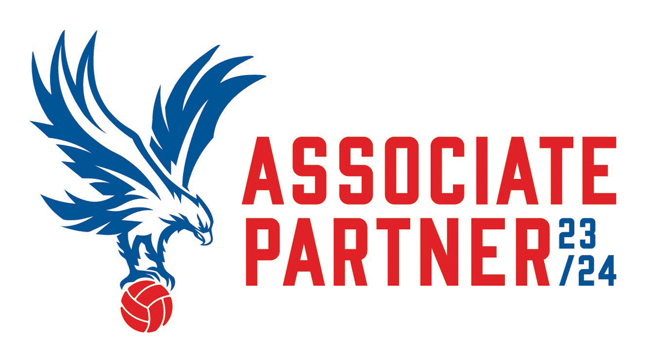
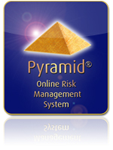


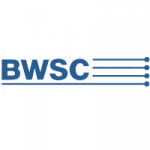
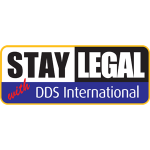

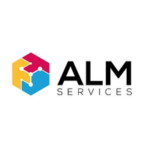
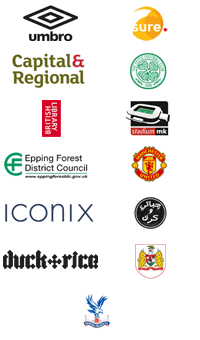
Comments are closed.